Our Blog
Blog All Items Title
All Recent Articles
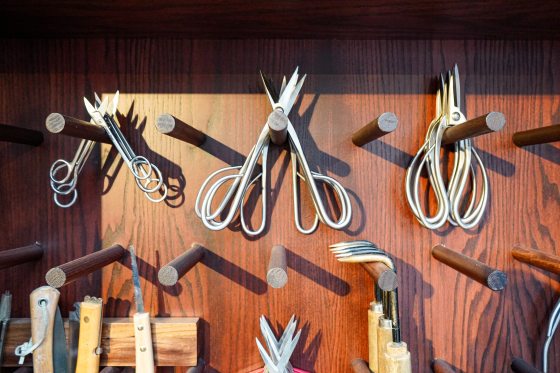
Behind the Scenes: Bonsai Workshop
Adjacent to the new Bonsai Courtyard, this three-story building houses horticulture staff workspaces, boiler operations, and, now, our Bonsai Workshop. Follow along we take a behind-the-scenes look at this storied space and its integral role at Longwood.
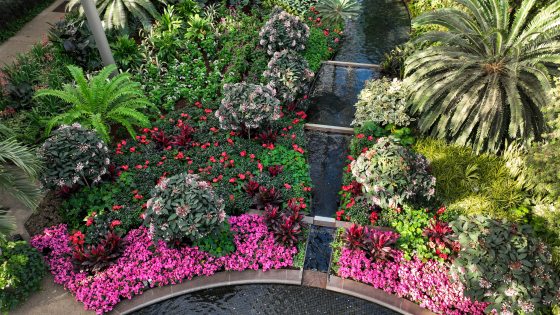
A New Chapter for Our East Conservatory’s Story
Starting this season, we have replaced the East Conservatory’s lawn along the Oval Basin with a permanent collection of vibrant, tropical plantings designed to pull guests into the story and narrative of the garden
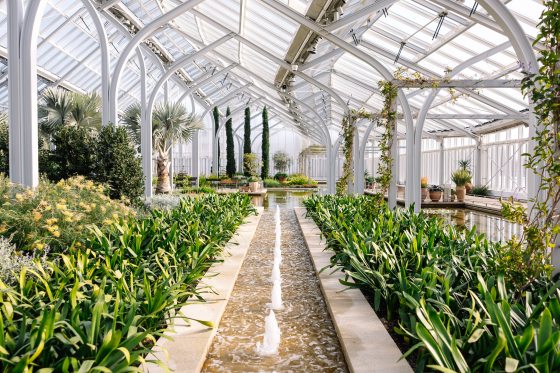
High Tech Meets Happy Plants: Our West Conservatory
By working with nature and never against it—and to adapt to the needs of its Mediterranean-inspired plant palette—we built our West Conservatory with energy-efficiency and sustainability at top of mind.
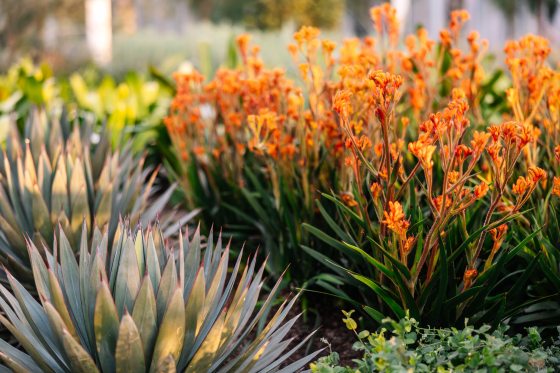
Winter Wow, Right Now
. It’s our very first winter with the new West Conservatory, meaning it’s your very first chance to witness this architectural showstopper begin its peak flowering season.

A Practice in Patience
This month in the Peirce-du Pont House Conservatory, the beauty of bonsai is on full display—as is the beauty of learning and collaboration.

The Model of Craftsmanship
Our remarkable Garden Railway has delighted guests of all ages for 24 years now … and how this multi-level world in miniature all comes together is no small feat.
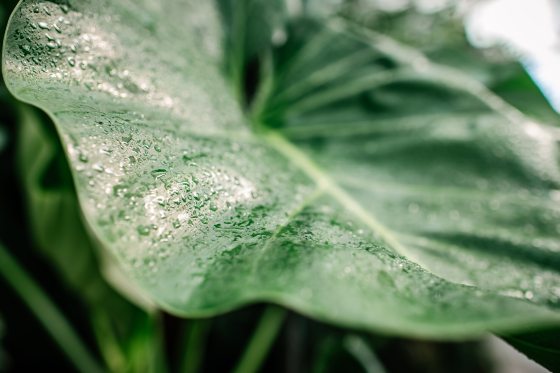
Stone by Stone and Plant by Plant: Reimagining the Cascade Garden
To move the Cascade Garden into its new, free-standing, custom-built glasshouse required us to relocate, reconstruct, and preserve this prized garden in a way no other institution has done before—stone by stone and plant by plant.
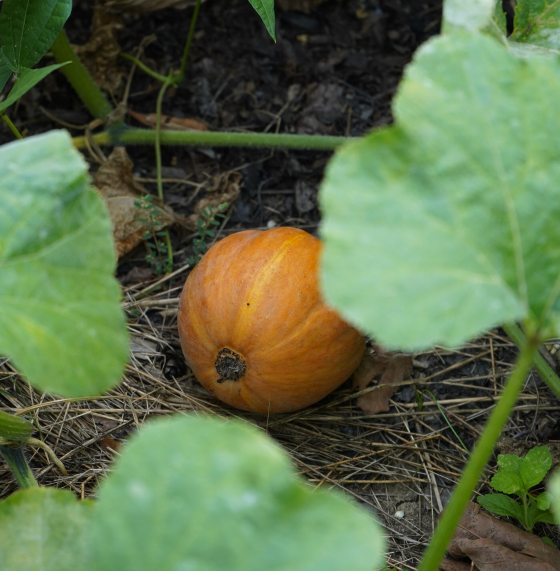
Squash Season is Here
When you think of autumn in a garden, pumpkins and squashes most likely come to mind—and for good reason! Follow along as we share more about these festive fall favorites, how to grow them at home, and how we’ll soon be featuring their flavor here at Longwood in what may be a very unexpected way.
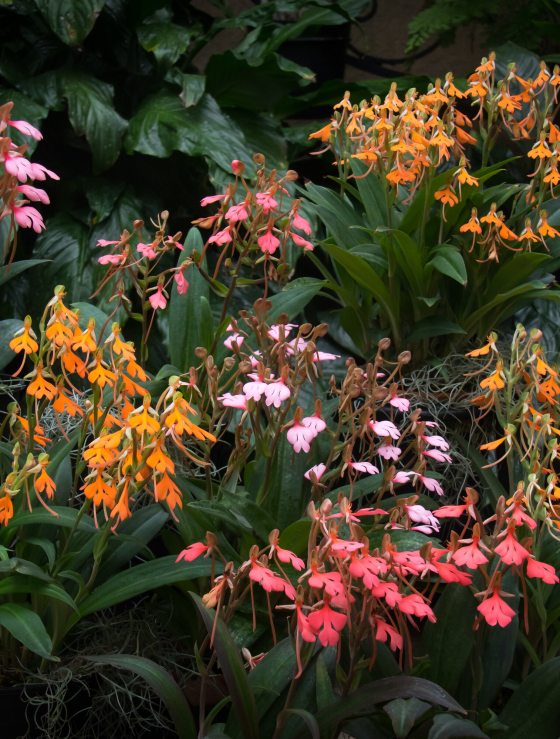
Habenaria: A Palette of Possibilities
What if you could hold in your hand a bouquet of 50 neon orange, bright pink, or coral-colored flowers, all on a plant that could fit inside your coffee cup?

Happy Tenth Anniversary to the Meadow Garden
Ten years ago, we opened the gates to an expanded garden—and one that’s markedly different from every other garden at Longwood.
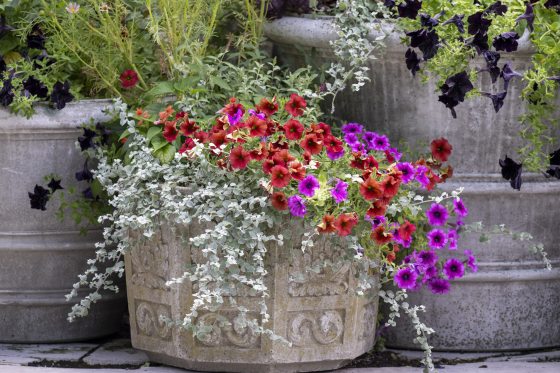
Time to Shine: Summertime Containers
Container gardening has many benefits—and can lead to beautiful displays, as you can enjoy right now in our Rose Arbor, outside of the Peirce-du Pont House, and outside of The Café.
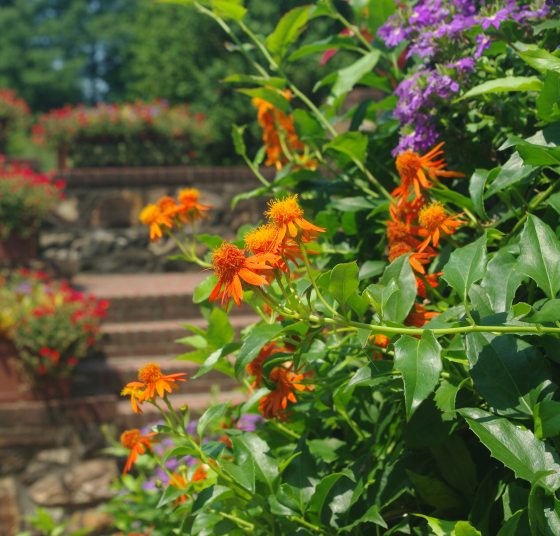
Colors of Summer: The Square Fountain Garden
Follow along as I share the design of this summer’s Square Fountain Garden, the beauty you can see here, and how the plants chosen for the garden support pollinators, formalize the informal, and evolve throughout the season.
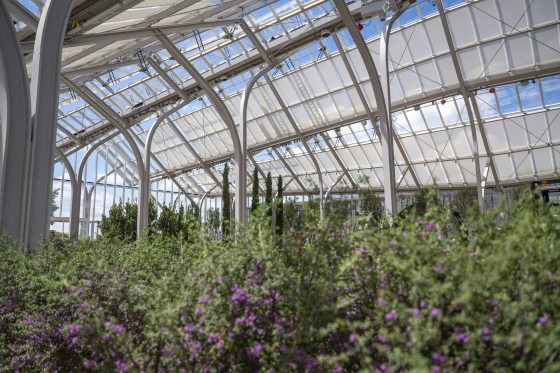
Telling a Design Story: Planting the West Conservatory
Our November 22 opening of Longwood Reimagined continues to draw nearer, and with each passing day not only do we continue to make great progress, but we grow even more excited to share its beauty with you.
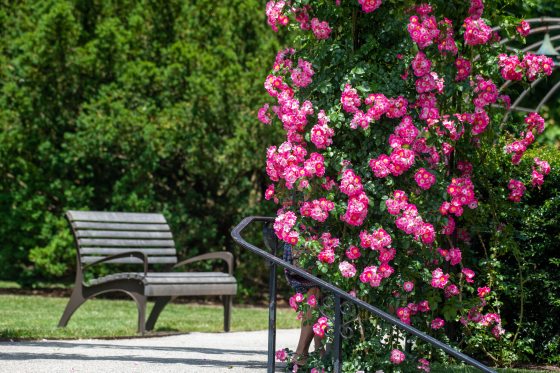
Ensuring the Longevity of Roses
From work we do here in our Gardens to manage such threats, to our support of related research led a multidisciplinary team from nine universities and the US Department of Agriculture to deepen understanding of such diseases—we are working to ensure the longevity of this iconic plant in our Gardens and beyond.

Our Idea Garden, Reimagined
Featuring five unique garden spaces—including the redesigned Ornamental Kitchen Garden—the Idea Garden echoes some of the classical elements of the Main Fountain Garden and blends the formal with the less formal, and notably the agrarian.
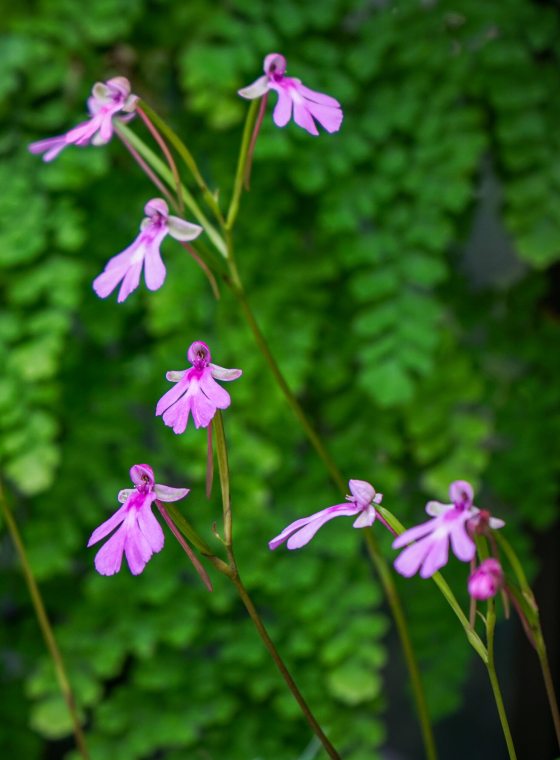
Cynorkis: A Jewel Box of Possibilities
Our first hybrid Cynorkis—Cynorkis Longwood Pink Gem—is now on view for the first time in our Orchid House for the next week, and ready to delight.
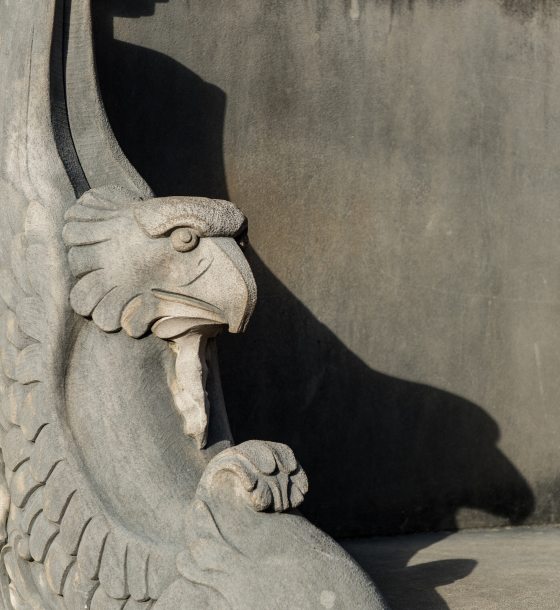
Do You Want to Know a Secret?
Our beloved Whispering Bench is not only a lovely place to sit and take in the view; it’s a place of physics, history, and curiosity, where secrets have been told—and fun has been had—for generations.
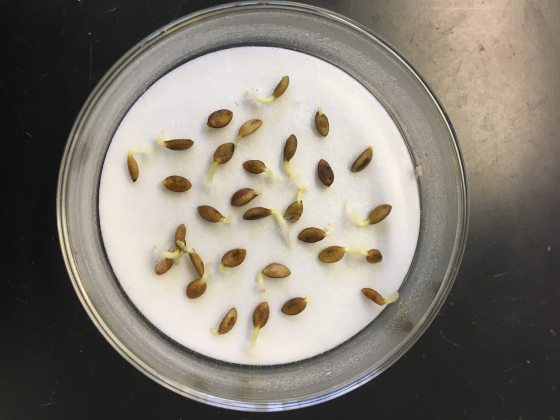
Seed Banking on the Future
With our recent award of a competitive grant from the Pennsylvania Department of Conservation and Natural Resources as part of the Wild Resource Conservation Program, we are thrilled to be able to grow our efforts in preserving more species of conservation concern through the expansion of our seed bank.
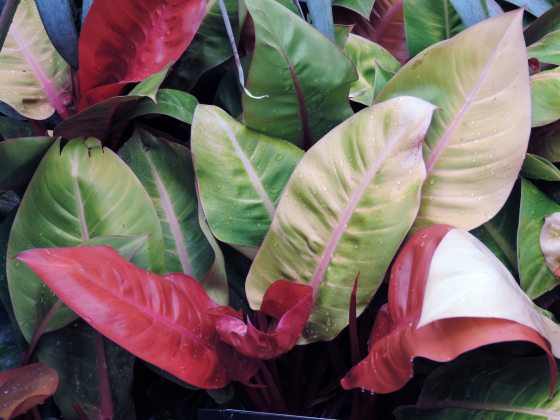
Winter is for Houseplants
Follow along as I share some fantastic houseplants to add to your home, as well as ways to keep your existing houseplants thriving and beautiful this season.
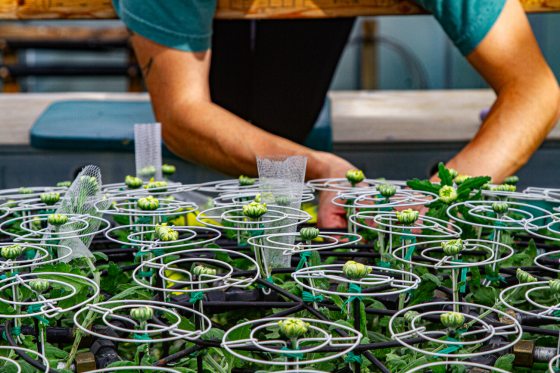
A Triumphant Return
This year’s Thousand Bloom of Chrysanthemum × morifolium ‘Susono-no-Hikari’ started its journey as a vegetative cutting 18 months ago—and today is not only a sight to behold, but a culminating example of the unchanging beauty and art of people and plants working together.